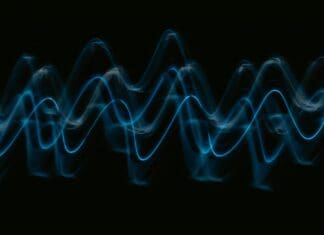This post is also available in:
 עברית (Hebrew)
עברית (Hebrew)
Video surveillance is a standard technique for obtaining information to detect the status of objects. For example, video surveillance employed on a road is monitored to obtain the information on the flow of traffic, occurrence of accidents, and/or the density of vehicles for the purpose of improving security, safety, and/or efficiency of traffic. Another example of video surveillance is human traffic in public. Monitoring the flow and density of people is mandatory to assure the safety of public places, especially for indoor environments.
Deep learning applied for image/video processing opened the door for the practical deployment for object detection and identification with acceptable accuracy.
One of the applications of image/video processing is crowd counting. In the COVID-19 age, this has become an imperative as social distancing is required in any public venue.
The scientists at Japan Advanced Institute of Science and Technology (JAIST) designed a new DNN (deep neural network) with backward connection, which achieved a more accurate estimation of the density of objects. It can be applied for estimating human density in the public or vehicle density on a road in order to improve public safety/security and traffic efficiency.
The research group in collaboration with a research group of SIIT in Thailand proposed a new network employing backward connections in DNN, which achieved higher performance in crowd computing.
“Backward connection in DNN enables us to take advantage of both high-level features and low-level features in an image, and therefore achieves higher performance than before,” says Prof. Atsuo Yoshitaka, the head of Yoshitaka Lab, according to techxplore.com.


























